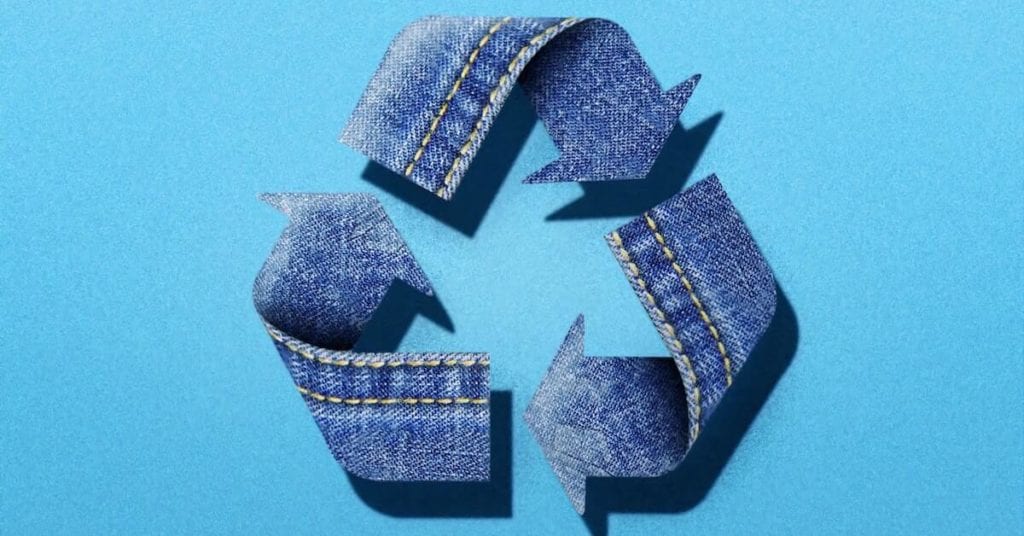There is no one-size-fits-all solution when it comes to the implementation of circular business models. It helps to look at the extreme ends of the spectrum to discover new ways to tackle similar problems. Let’s compare two approaches in both a B2B and B2C context.
- B2C example : Remote-controlled toy cars
- B2B example : Industrial gearboxes for windmills
Let’s assume your business is responsible for both the design and production of these products. How will you be able to help with recycling, waste management, extending the life cycle, etc.? If you want to engage in the circular economy, there are different limitations and options as to what you can do.

Knowing where your products are
A challenge most consumer products face is the complete lack of information about who owns your products and where they end up. It takes a lot of effort and alignment within an extensive value chain to pass this info along retail channels, distributors, resellers, and potential aftermarkets. At best, some companies ask consumers to register on their website but even in that situation, the goal here is to upsell new products later, not to make any difference in the circular economy. The info gathered might not even be suitable for that purpose.
This knowledge is far more available for B2B industrial goods. The reason why this info is being tracked is rarely driven by sustainability goals. Instead, liability concerns or maintenance contracts drive transparency. If a windmill gearbox in the middle of nowhere breaks down, everyone involved has a strong incentive to quickly know who produced this machine and who could/should help out. For the circular economy, this creates at least a decent starting point to offer additional services on top.

Ownership versus as-a-service models
While toys-as-a-services are still fairly niche, this business model approach is already very familiar in many industrial contexts. The party who “owns” an asset will make decisions about what happens after a product has been used and potentially what needs to happen in the next stage of the life cycle. Assets made available under a service model, are more likely to be taken back, refurbished or be recycled.
Further adoption of this model in the consumer space is recommended. However, many bottlenecks still exist. For example, the rise of monthly subscription services has already created a backlash. Many consumers and families are seeing too many different service providers, all with their own support channels, payment policies, and so on. At some point, the bundling of subscription services for families could take a cue from facility management service in a b2b context. In that model, a single service provider takes care of multiple assets.

Structured and regulated waste flows
Most industries today have evolved towards clear waste management policies. Nobody would “dump” a gearbox in the wrong waste flow. There are rules and standards already in place that offer some guidance or framework to follow.
For consumer goods, too many flows today are “recommended” policies to follow. If a consumer doesn’t properly follow guidelines, there are rarely checks or decent fines in place. A broken (or unused) toy car can be thrown in the regular waste bin. No questions asked.
This one is not easy to tackle. Enforcing better behavior relies on better product and material knowledge. But how can one family understand all the different material properties and make the best decisions per product? Large B2B organisations have dedicated specialists to help out.

Personal and direct consequences
The people who are making decisions about the afterlife of a used toy car or an industrial gearbox, have a different personal relationship with these products. One manager could make decisions in excel sheets on what might happen with a product located on the other side of the planet.
The other person, in a B2C context, will experience the direct consequences of choices. e.g trash and old items piling up in their own garage. The more people are aware that certain products should belong in landfills, the more a person would feel guilty when he or she would throw an old toy straight in the bin. Ticking an anonymous box in a spreadsheet is easier from that point of view.

Influence of ethics
In a B2B environment, many decisions are based purely on rational short term economical drivers, or a need to meet compliance standards. For large-scale change to occur, the relevant parties must make informed decisions based on an ethical understanding of the impact of their choices. In this instance, shared responsibility and distributed decision making do not help.
In a consumer context, the shift in ethical standards of one individual can quickly shift a certain product-buying decision. The influence of ethics in a B2B context versus the B2C context is very different.
Conclusion
Seeing what worked in one domain can give inspiration for a solution in another domain. But to make the circular economy applicable, we need to zoom in on the use cases and constraints within very specific industries, as the B2B vs B2C comparison has illustrated.



